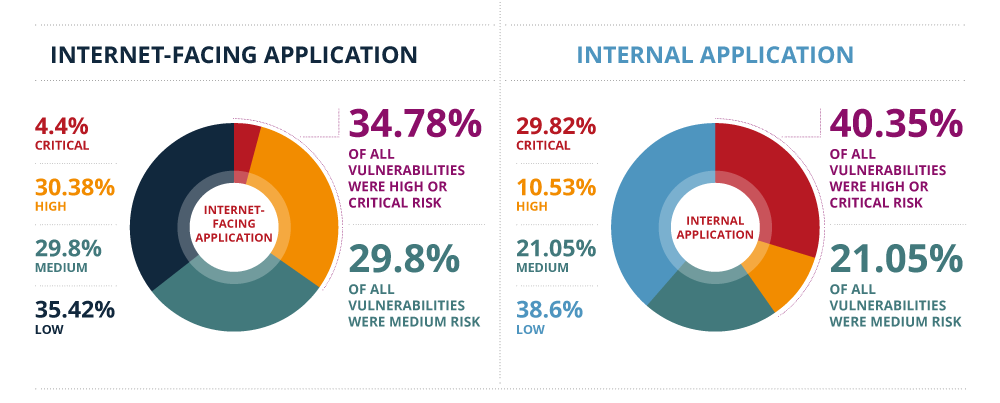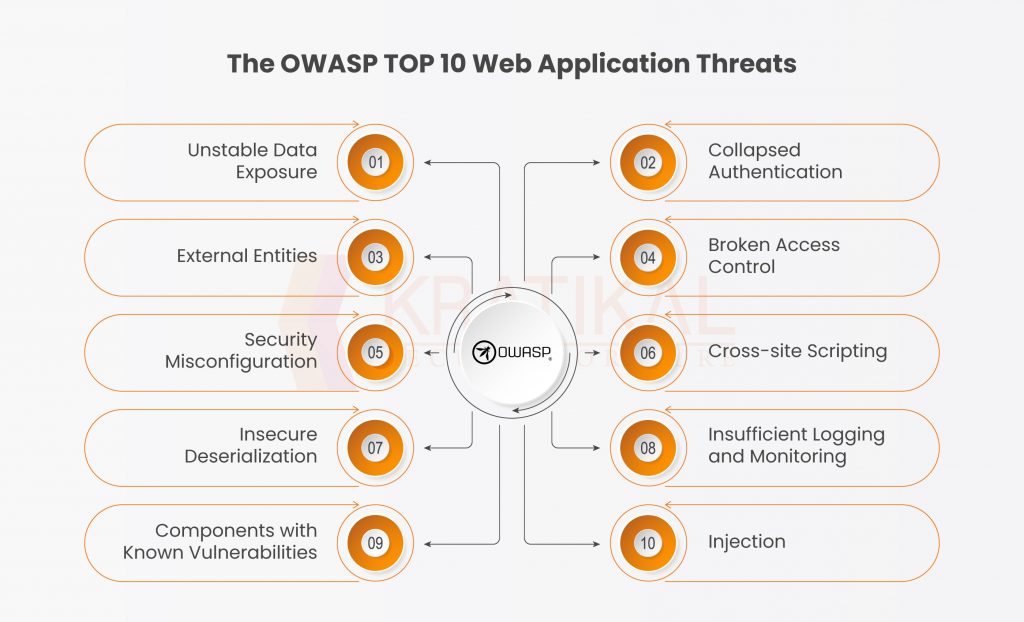Best security practices and tools a developer should use while coding
Best security practices and tools: We all have witnessed the impact that cyber hacks have had on different occasions on businesses, users and the whole software development lifecycle. Therefore, it is essential to ensure that the software and application that we use on daily bases are written in a secure manner and free from vulnerabilities. As a result, developers must use various security tools to safeguard their code and protect their users’ data. From encryption to penetration testing, there are several tools available that can help developers write secure code. So, whether you’re a seasoned developer or just starting, read on to learn about the critical security tools you should use in your coding process. We’ll cover everything from static code analysis to threat modelling, giving you a comprehensive overview of the tools available and explaining how they can help you write more secure code.
The importance of security in coding
Before jumping into the best ways to ensure the safety of the written code, it is important to understand why security as a concept while coding is vital. Security is an essential aspect of coding that developers must consider throughout the whole development process. The rise of cyber-attacks and data breaches has made it clear till now that security cannot be an afterthought in the development process but must be built into the code from the start. Therefore, developers must be aware of the different types of security threats that can affect their code.
Software developers must understand that security is not just about protecting their code but also their users’ data. Any security breach can result in the loss of sensitive data such as personal information, financial data, and intellectual property. These breaches can not only cause significant financial losses but also can harm the reputation of the organization. That’s why developers must ensure that their code is secure and free from any vulnerabilities. Think of it as a form of thinking rather than a task that needs to be done.

Common types of security threats in coding
During the software development process, you can find a lot of security issues related to different coding aspects. That is why it is recommended that developers must be aware of the different types of security threats that can affect their code. Some of the most common types of security threats include:
SQL Injection
SQL Injection is a type of attack where an attacker injects malicious SQL code into a web application’s database query. This attack can result in the attacker gaining access to the database and modifying and deleting data.
Cross-Site Scripting (XSS)
Cross-Site Scripting (XSS) is a type of attack where an attacker injects malicious code into a web application that other users view. Different types of XSS attacks can result in the attacker stealing sensitive information such as login credentials and cookies.
Cross-Site Request Forgery (CSRF)
On the other hand, Cross-Site Request Forgery (CSRF) is a type of attack where a hacker sends a request to a web application on behalf of a user. This attack can result in the attacker performing actions on behalf of the user without their knowledge.
Buffer Overflow
Another common type of software security weakness is a buffer overflow, which occurs when an attempt is made to store data that is too big for the memory space allocated. Attackers can use this software coding mistake, where the storage capacity of a program is overwritten, to take control of or access your system.
Weak Cryptographic hash
Hash functions refer to mathematical algorithms that convert arbitrary numbers of bytes of data into a fixed-size byte array. For multiple reasons, coders and developers use weak encryption algorithms and cryptographic hashes. Incorrect use of encryption algorithms can expose sensitive data, key leakage, insecure sessions, broken authentication and spoofing attacks. Weak cryptographic hashes can lead to attacks like rainbow table searches.
Types of security tools for developers
Even though the list of security issues goes on and on, don’t worry; so does the list of security tools needed to protect your code. Here are various security tools available for developers which can help developers write more secure code and protect against security threats. Let’s explore some of the most common types of security tools that developers should use while coding.
Code analysis tools
Code analysis tools are used to analyze code and identify vulnerabilities. Code analysis tools can detect vulnerabilities such as SQL injection, XSS, and CSRF. These tools can analyze code at different stages of the development process, from the initial design to the final release.
Some examples of code analysis tools include:
SonarQube: SonarQube is an open-source platform that continuously inspects code quality and security. It has proven to be a great addition to the software development lifecycle as a code analysis – a bug-fixing tool emphasizing security issues.
Veracode: Veracode is a cloud-based platform that provides application security testing services, including static code analysis. Veracode performs dynamic (automated penetration test) and static (automated code review) code analysis and finds security vulnerabilities, including malicious code and the absence of functionality that may lead to security breaches.
Checkmarx: Checkmarx is a static code analysis tool that can identify vulnerabilities in code written in various programming languages. It scans source code to uncover application security issues in your software development life cycle as early as possible.
Contrast Security (CodeSec): Contrast security is a code scanning tool built from the ground up to make security testing as routine as a code commit while focusing on the most imperative vulnerabilities to deliver fast, accurate and actionable results. The CLI version is an open-source platform for everyone wanting to try it out.

6 essential penetration testing tools
Penetration testing tools, on the other hand, are used to simulate attacks on a web application or network to identify vulnerabilities. These tools can help developers understand how an attacker might exploit vulnerabilities in their code.
Metasploit: Metasploit is a penetration testing tool that can simulate attacks on a web application or network. It is a powerful tool containing portions of fuzzing, anti-forensic, and evasion tools. Some examples of penetration testing tools include:
Nmap: Nmap is a network exploration and security auditing tool that can be used to identify vulnerabilities in a network. It sends differently structured packets for different transport layer protocols, which return with IP addresses and other information. You can use this information for host discovery, OS fingerprinting, service discovery, and security auditing.
Burp Suite: Burp Suite is a web application penetration testing tool that can identify vulnerabilities such as XSS and SQL injection.
OWASP ZAP: ZAP is an open-source penetration testing software offered by OWASP that can detect various vulnerabilities within web apps. It can be used on different systems to run penetration tests (manual or automatic vulnerability scans) on web apps to detect various flaws and generate reports about the issue found.
SQLMap: SQLmap is an open-source tool that automates finding threats and attacks associated with SQL injections. SQLmap has a powerful testing engine equipped with multiple modes of injection attacks, making it an ideal choice for injection flaws.
Wireshark: Wireshark is a famous open-source penetration testing tool primarily used for protocol analysis and microscopic monitoring of network activities. It lets you capture and analyze network traffic, inspect protocols and troubleshoot network performance issues.
Best practices for using security tools while coding
Security tools play a crucial role in helping developers write more secure code. However, it is imperative to use these tools effectively to ensure that vulnerabilities are detected and addressed early in the development lifecycle. Here are some best practices that can help in using security tools while coding:
Firstly, using multiple security tools to detect vulnerabilities from different perspectives is recommended, increasing the chances of identifying all possible weaknesses. Secondly, integrating security tools into the development process can help detect vulnerabilities early on, which can save time and resources in fixing issues at a later stage.
Thirdly, keeping security tools up-to-date with the latest patches and updates can ensure that vulnerabilities are detected and addressed as soon as possible. It is also essential to test these tools regularly to verify their effectiveness and accuracy in detecting vulnerabilities.
Lastly, it is crucial to train developers on how to use security tools effectively and write secure code to ensure that they know the best practices and can implement them throughout the development process. By following these best practices, developers can significantly reduce the risk of security breaches and ensure their software is secure and robust.



